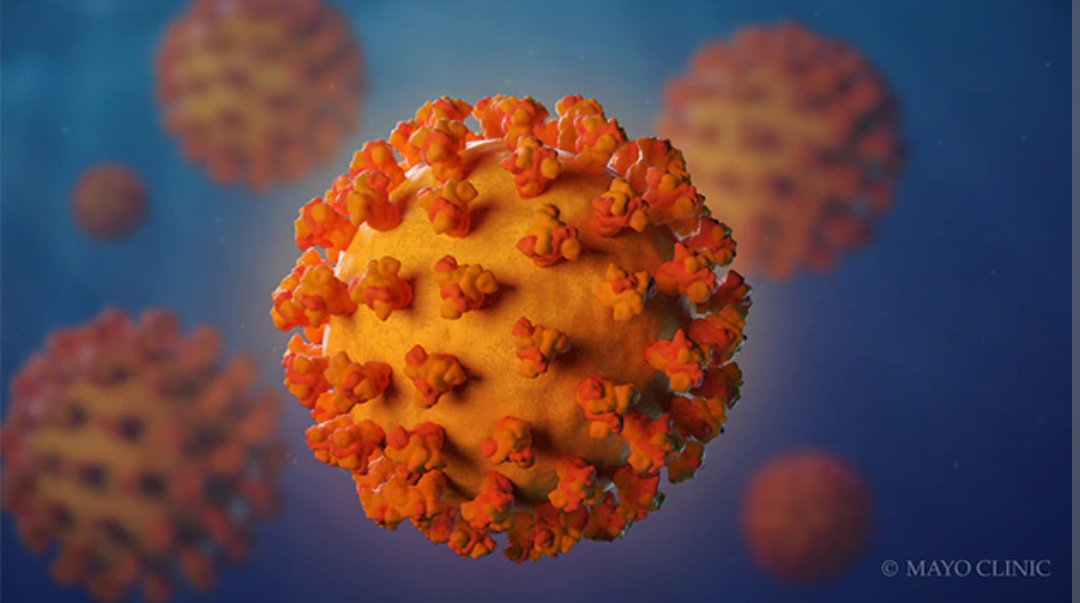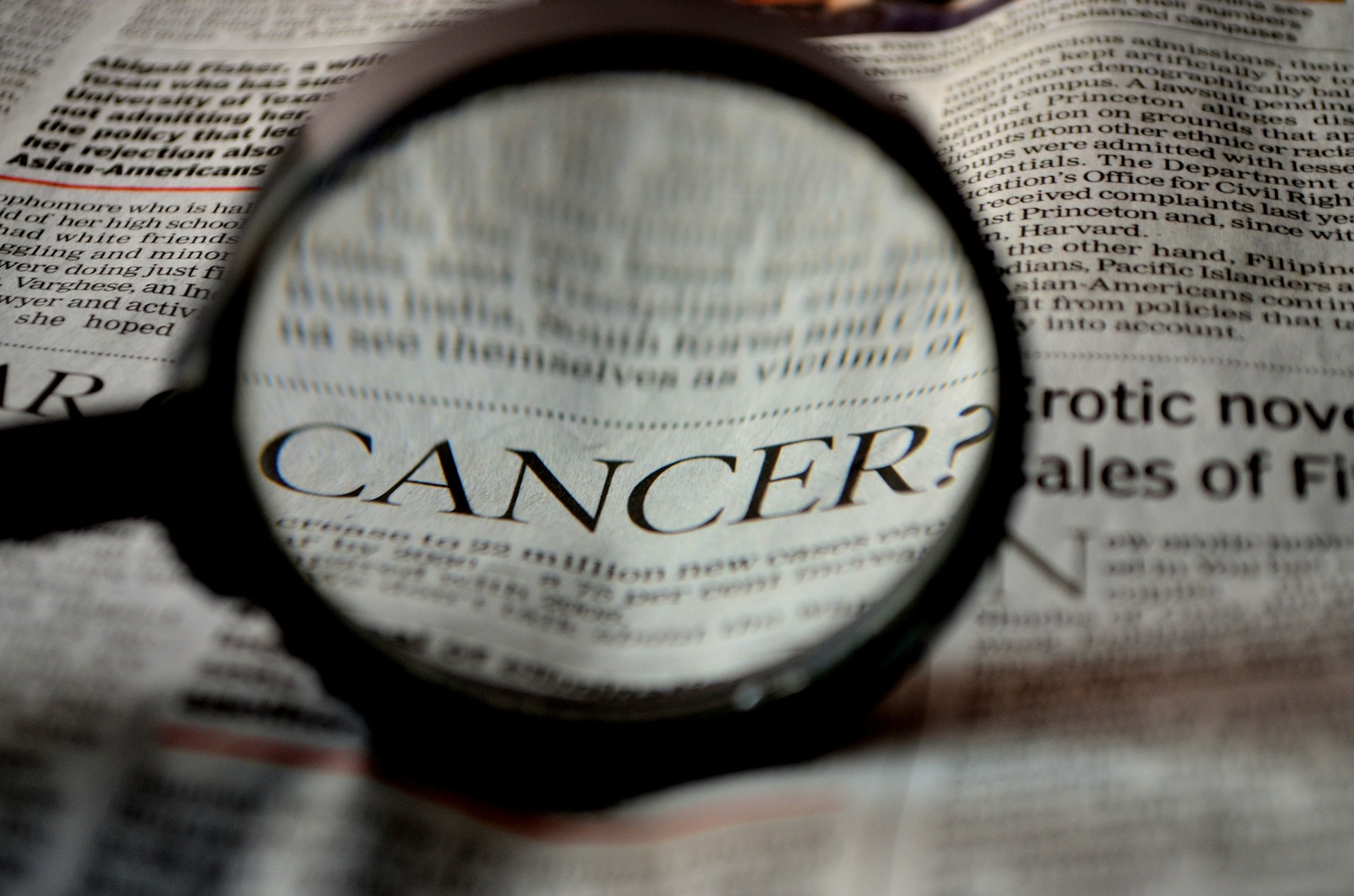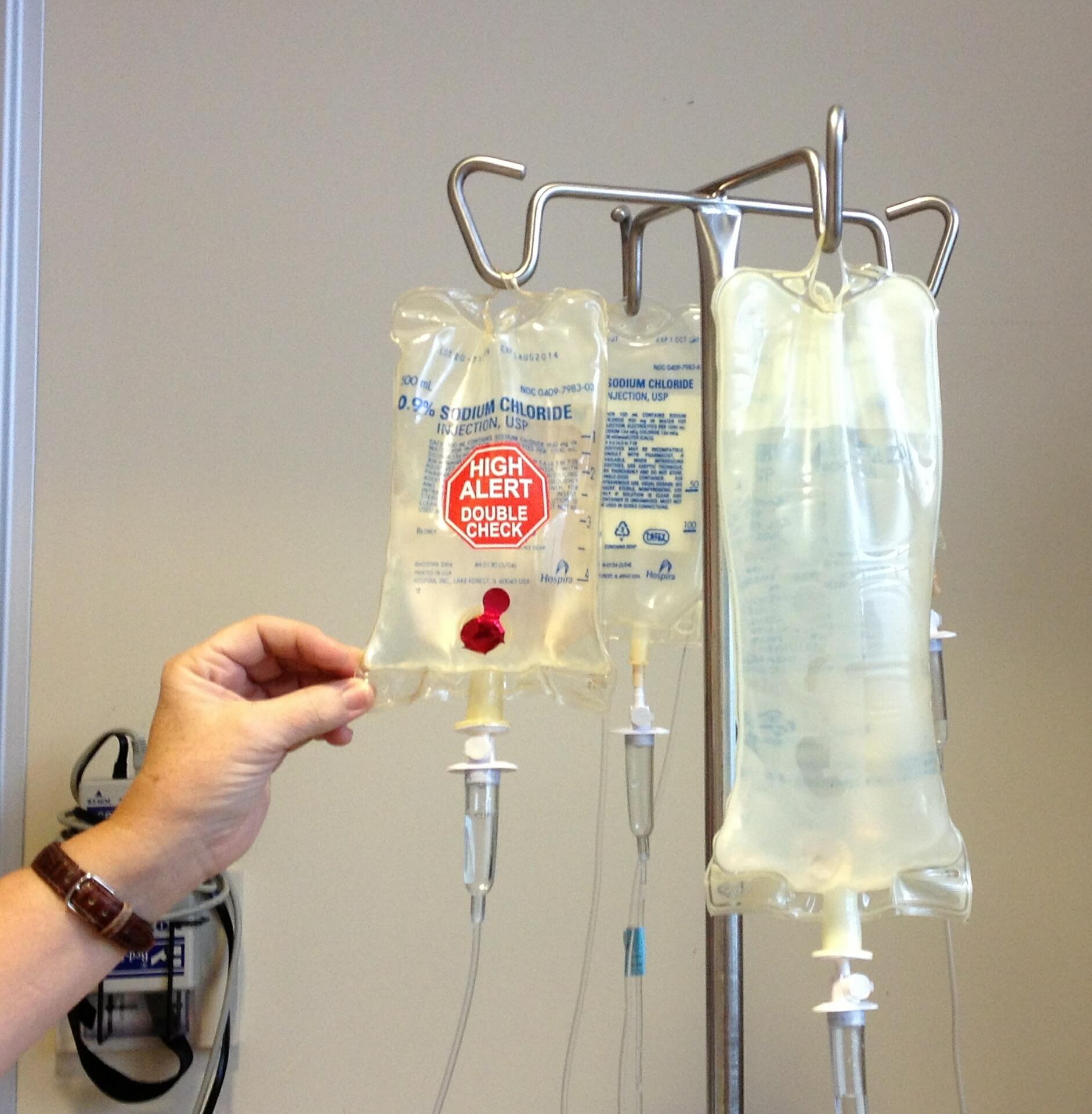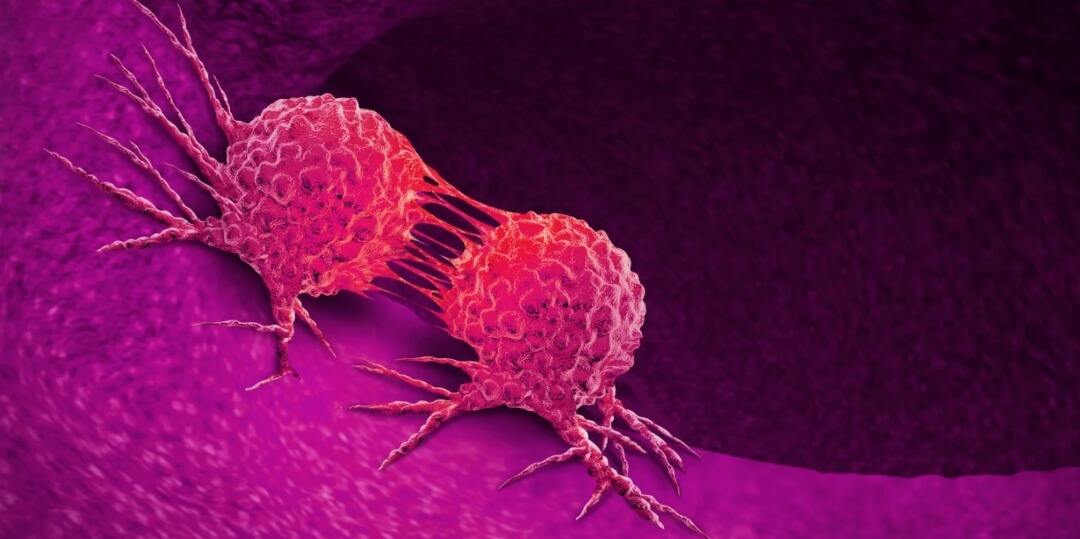
Optimizing Cancer Treatment Using Game Theory
Cancer treatment using game theory contest wherein the doctor assumes a predator-like position by attacking and killing cells in the cancer populace. While a few cancers can also additionally comprise a single homogeneous cell population, we expect that most malignant tumors comprise more than one subpopulation with various sensitivities to be had treatment options. The doctor begins the game by making use of a few treatments. Even as many (perhaps most) cancer cells die, survivors adapt and evolve counter (resistance) techniques. As the sport progresses, the doctor can then play the game by applying additional treatments, which may be equal to or special from previous treatments. With every new remedy, the tumor cells retain responding and adapting.
Cancer therapy is a Stackelberg game. Cancer treatment using game theory recommend that “precision medicine” in oncology may be broadened from its contemporary focus on molecular targets that maximize the possibility of on-the-spot reaction. Additionally, precision medicinal drug need to contain the cancer remedy recreation to count on and steer affected person-particular and remedy-particular evolutionary dynamics that govern the emergence and achievement of resistant populations. Even with starting with well-focused treatment options, resistance ends in failure, progression, and affected person death. Taking manage of the Stackelberg recreation will require (1) the application of dynamic and complex treatment options and (2) the research of reaction metrics that flow past the contemporary consciousness on adjustments in tumor size (ie, the tumor ecology) and encompass measurements of the sensitive and resistant subpopulations (evolutionary state and dynamics). Emerging technology that looks into circulating DNA and tumor cells will in all likelihood grow to be key. New image analytic tools (eg, radionics and habitat imaging) can also additionally generate biomarkers for treatment-sensitive and treatment-resistant intratumoral populace via clinical computed tomography and magnetic resonance imaging studies. Finally, despite imperfect expertise of the resistance mechanisms and the dimensions of resistant subpopulations, judicious applications of preliminary remedies can display the eco-evolutionary dynamics. As the cancer cells’ techniques and destiny responses grow to be unmasked, the doctor can alter the next remedy cycles accordingly.
Photo by JESHOOTS.COM on Unsplash

















